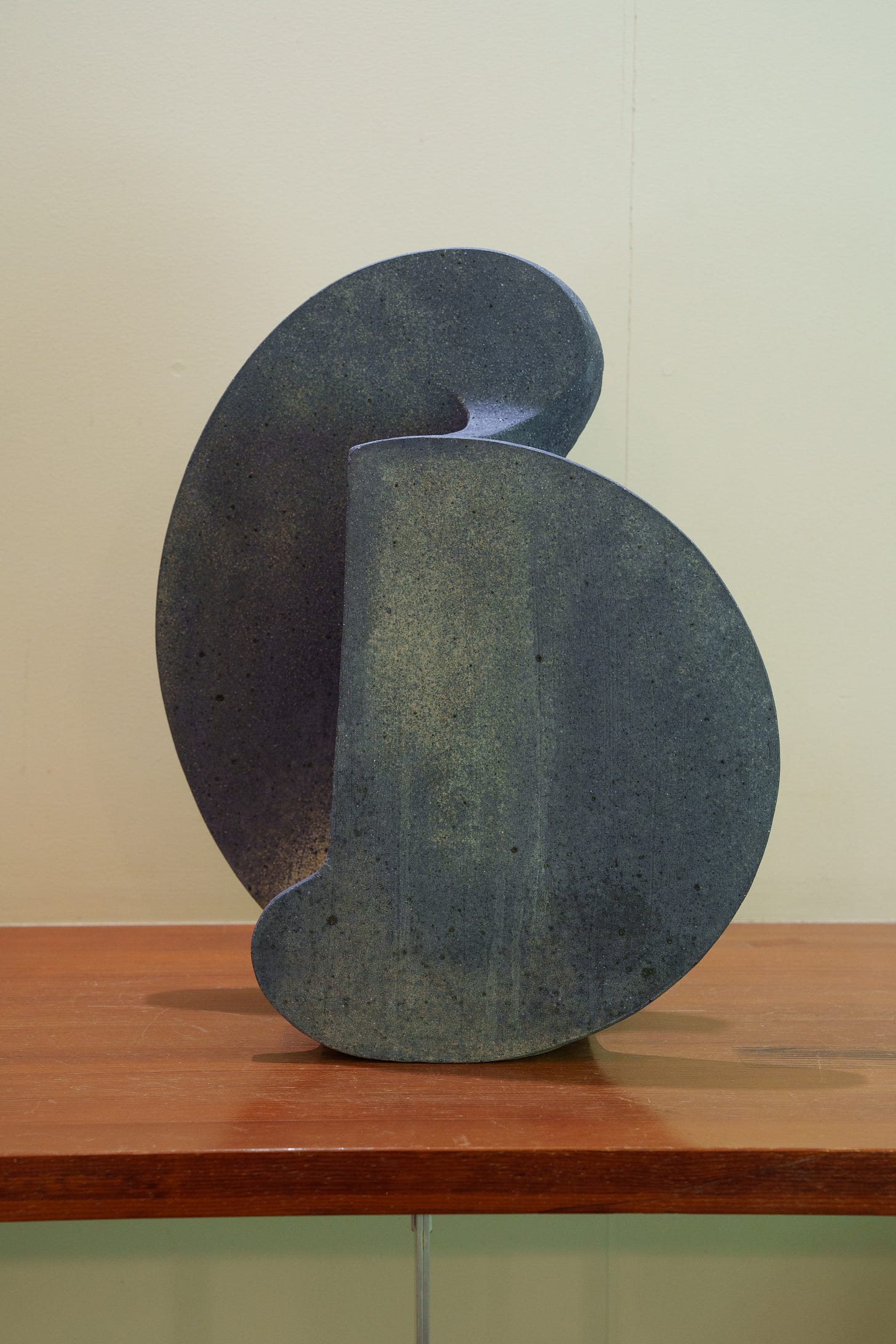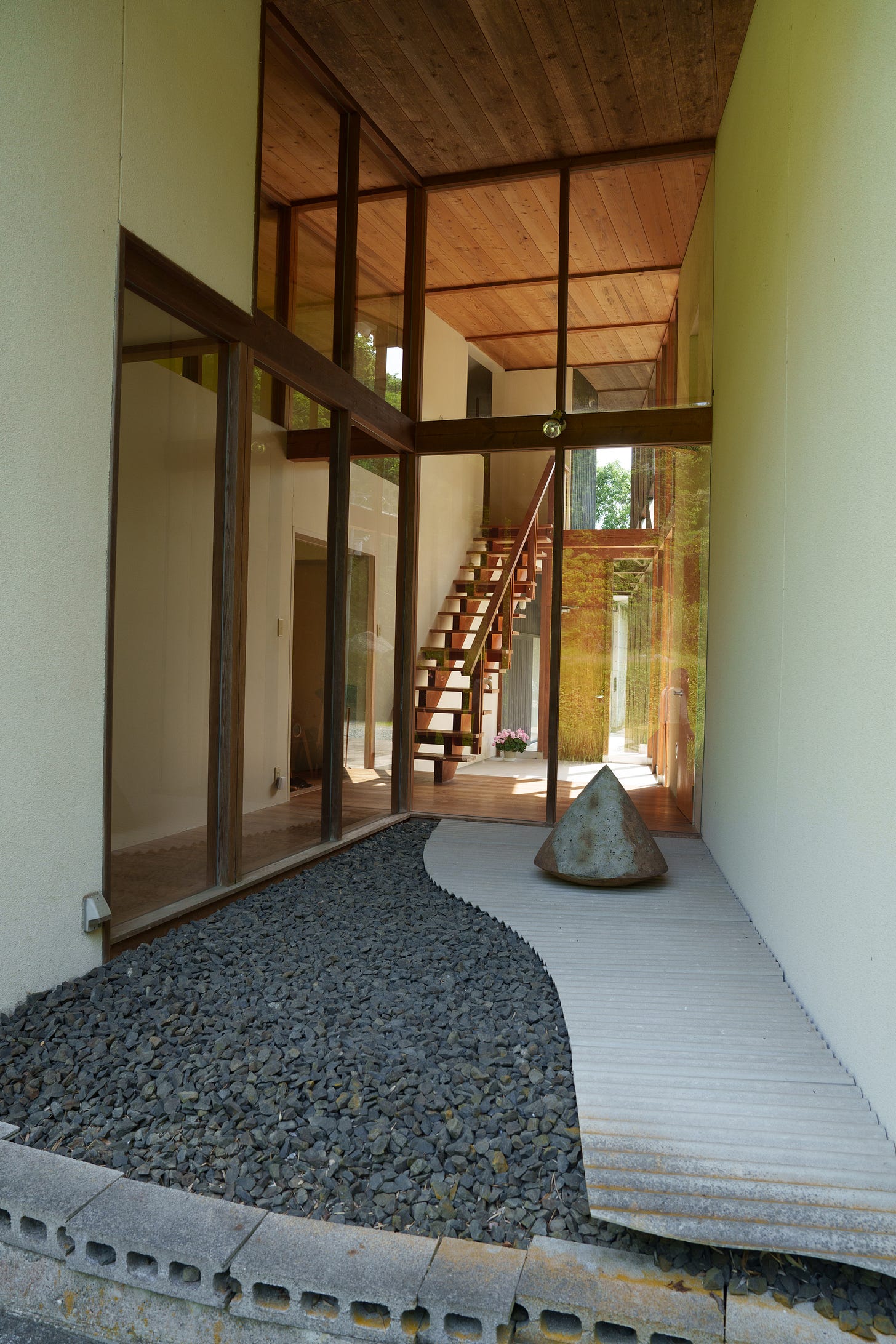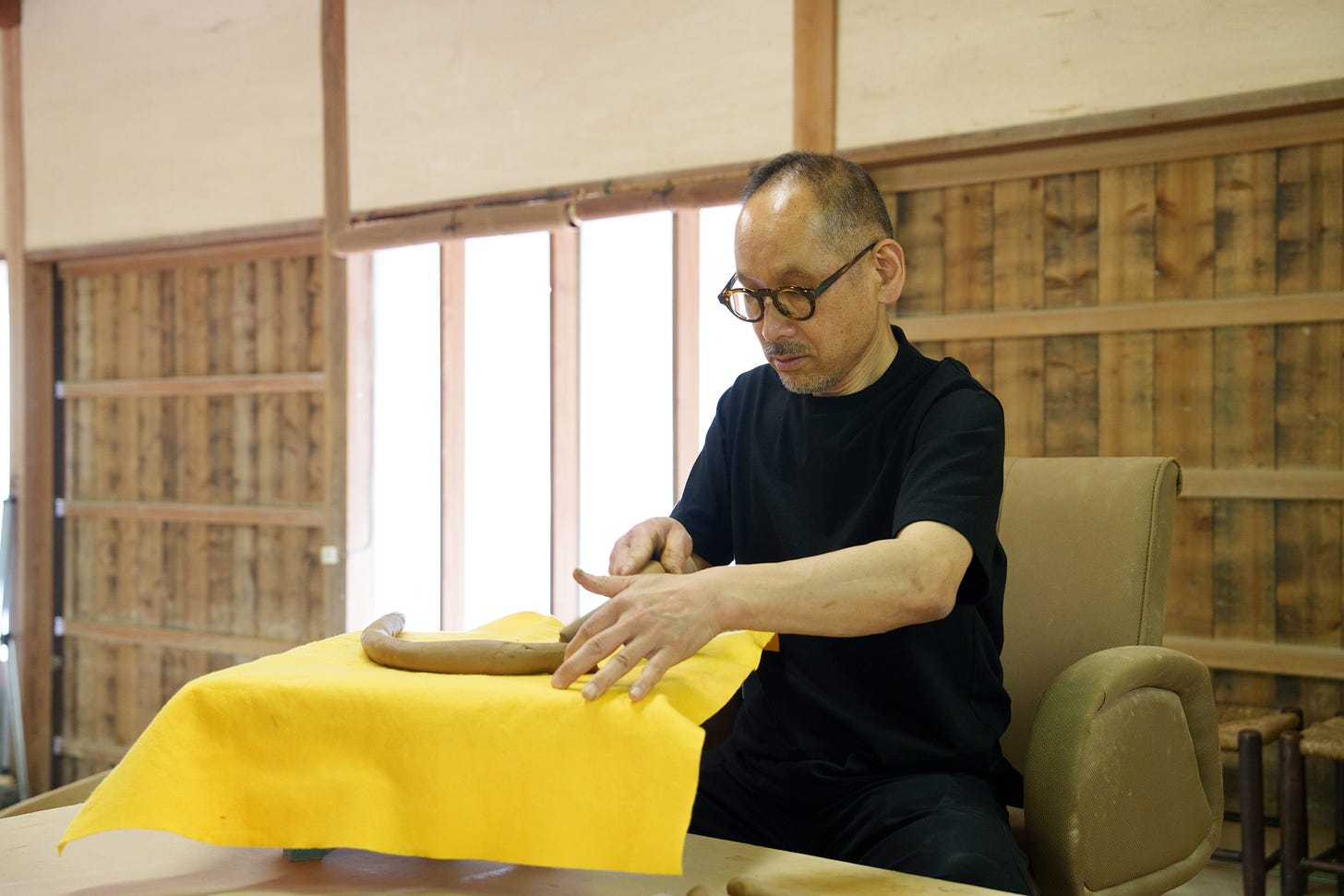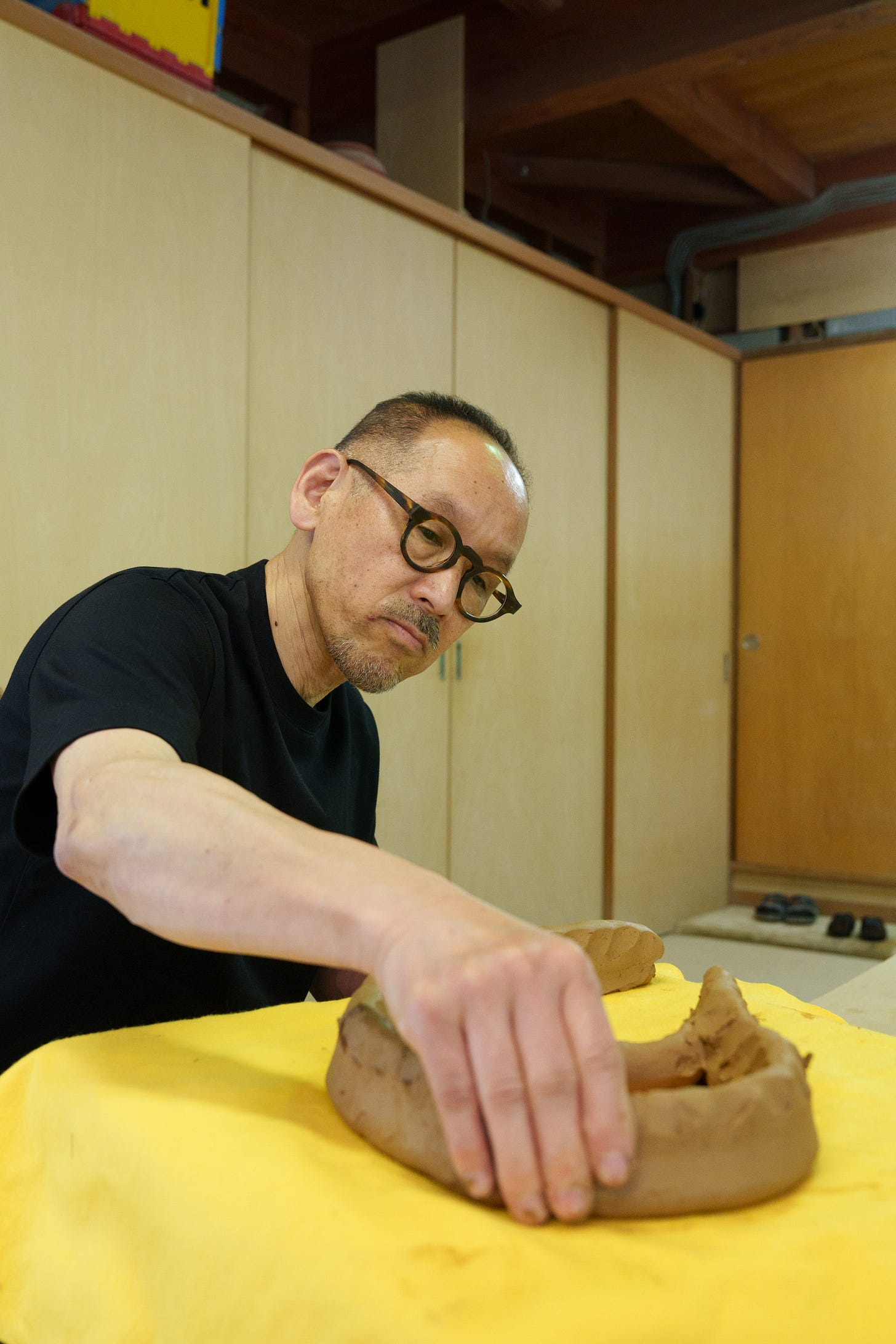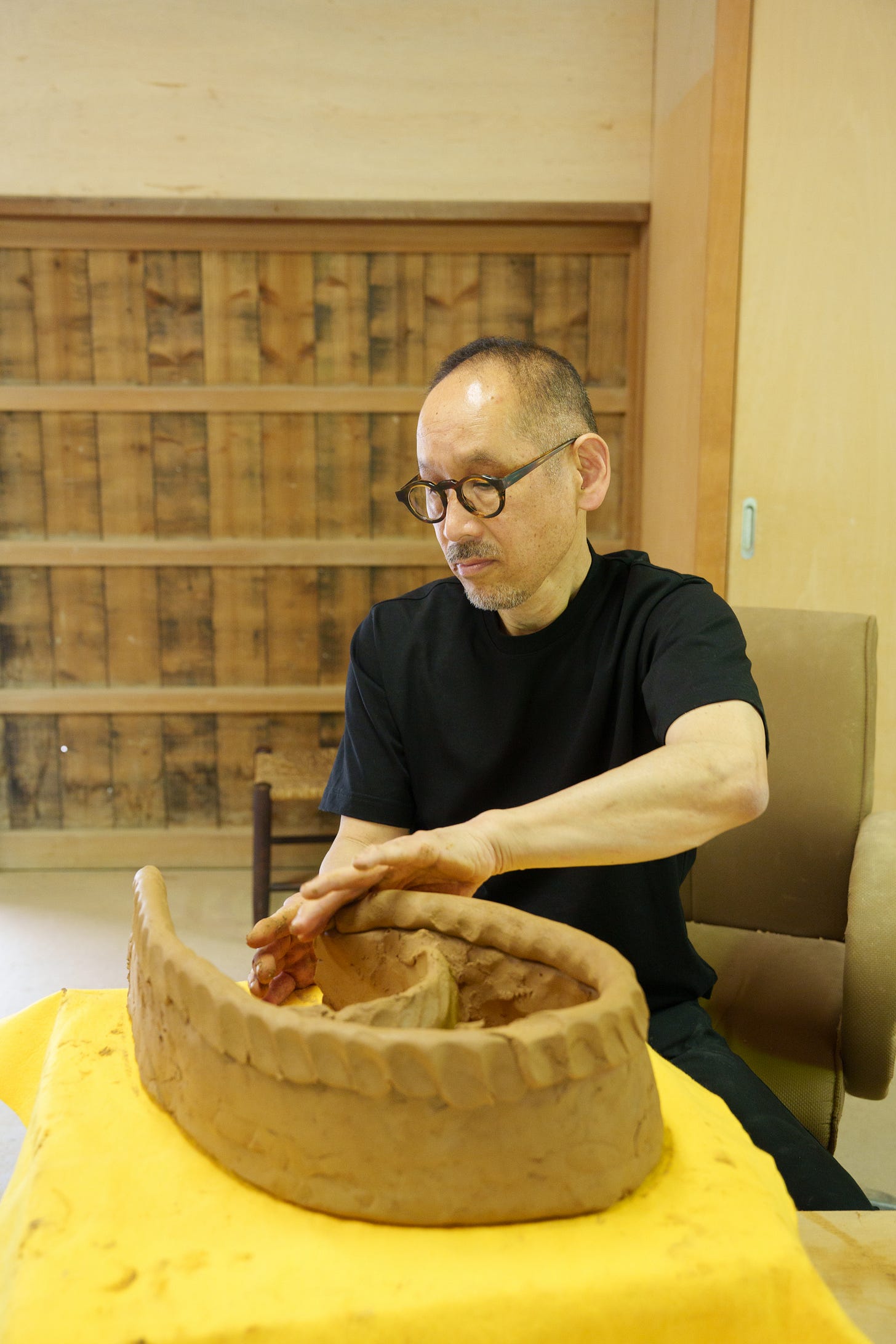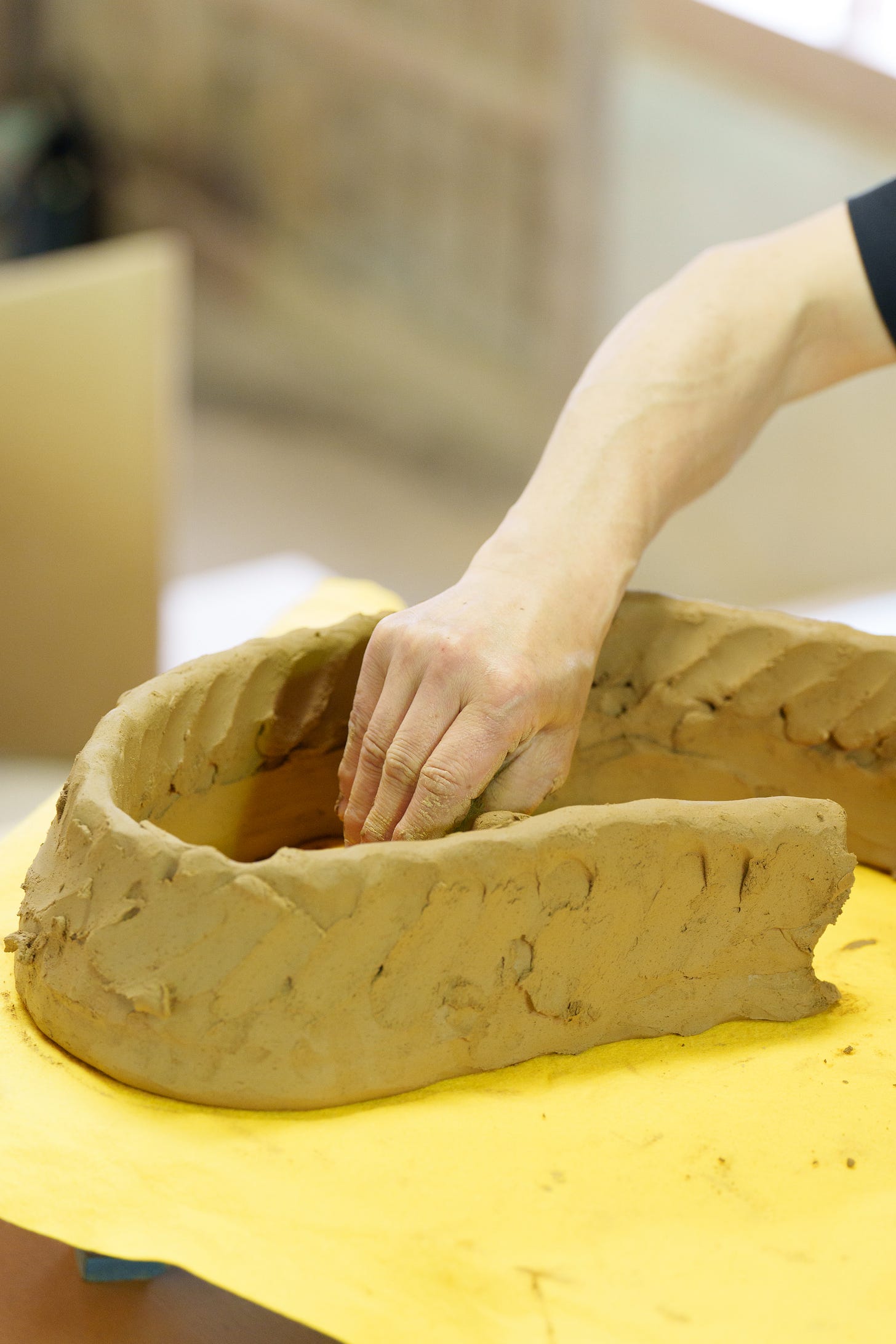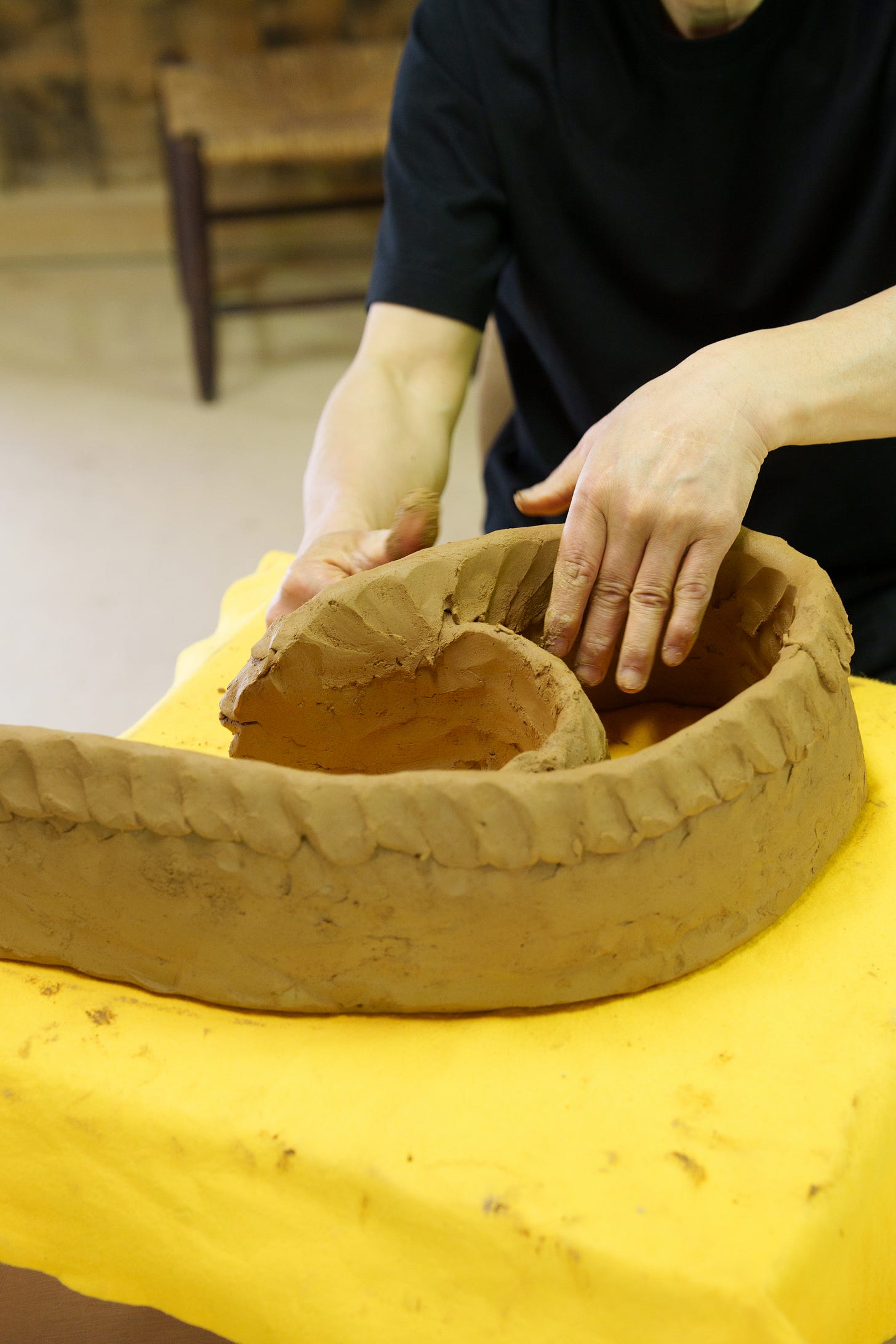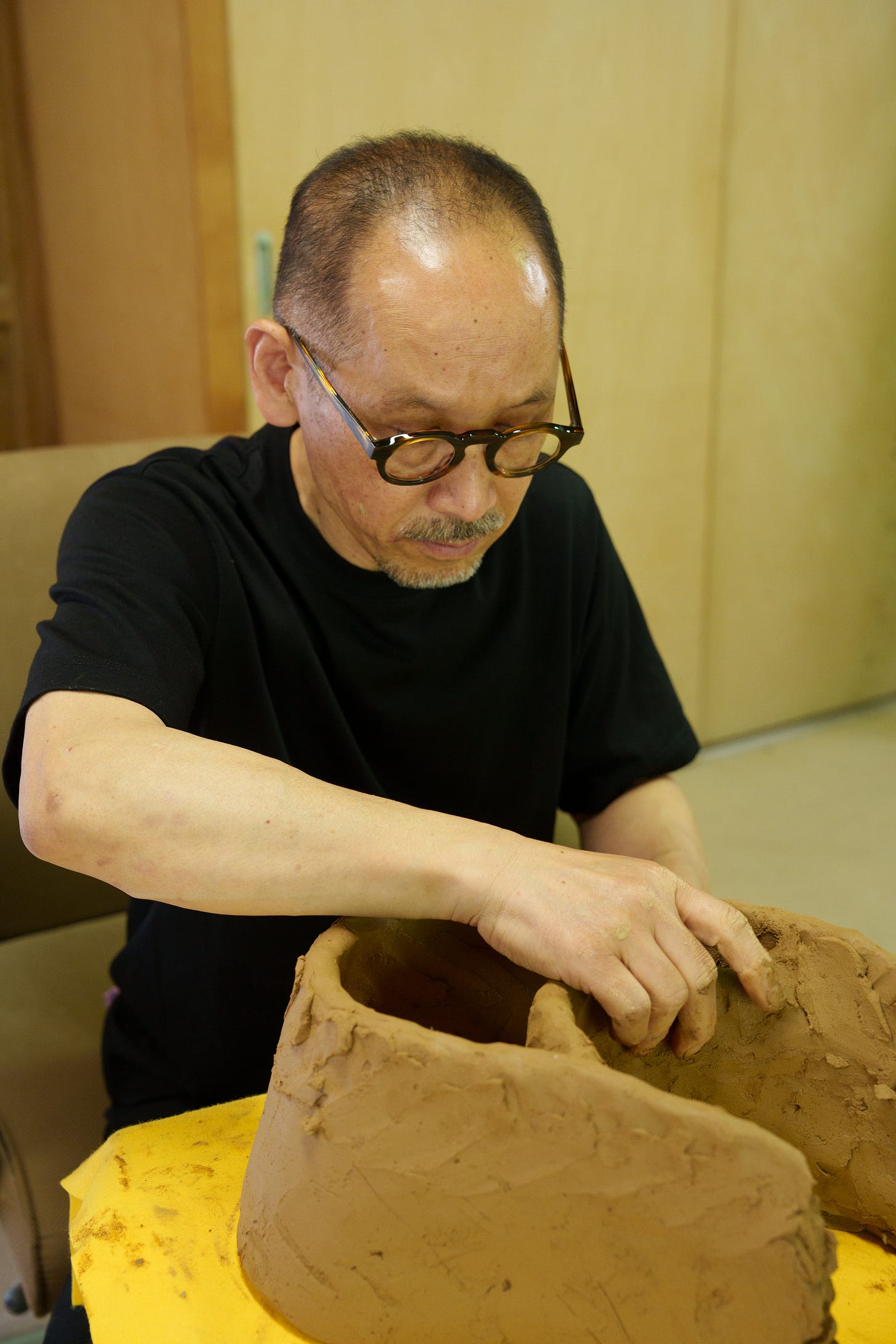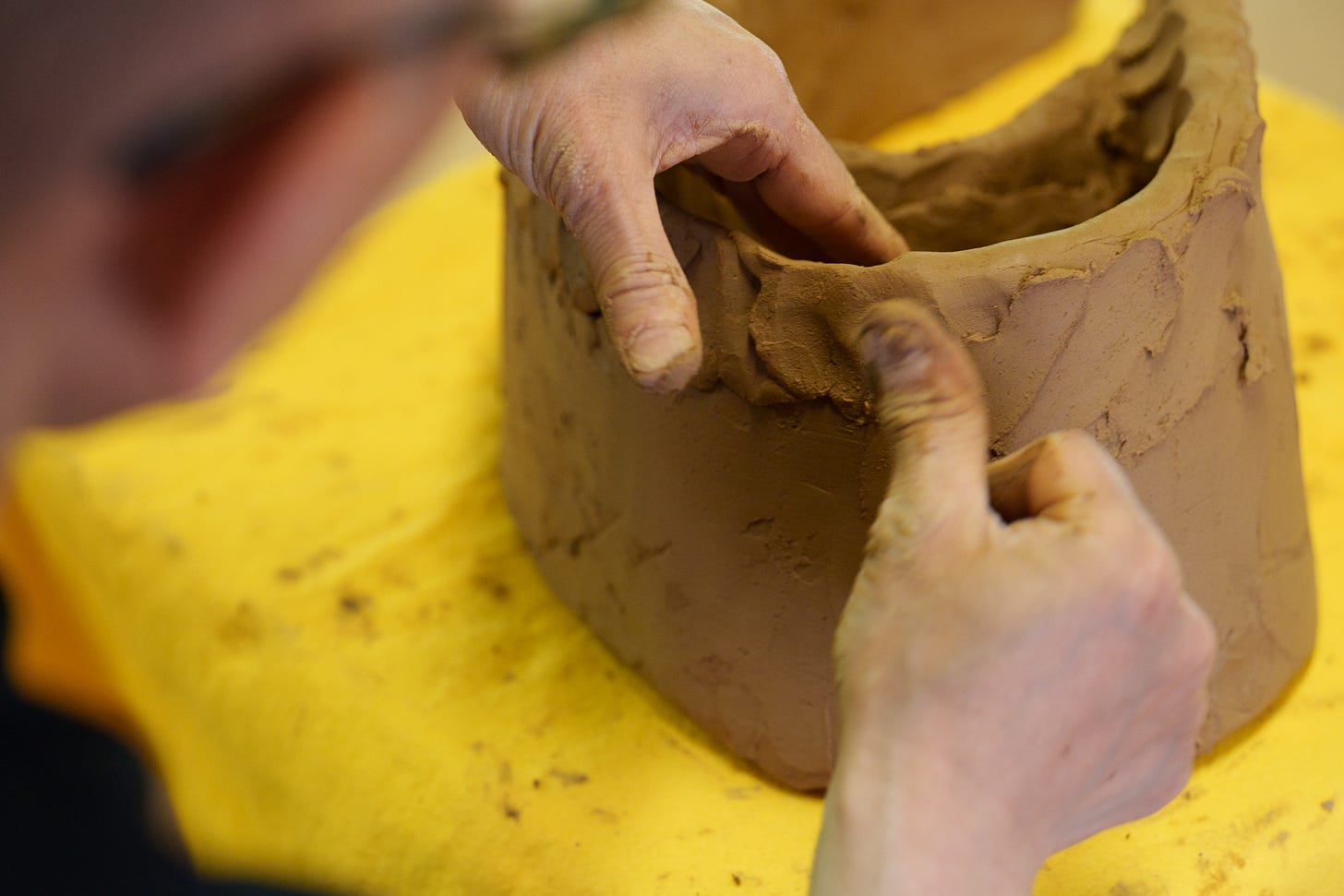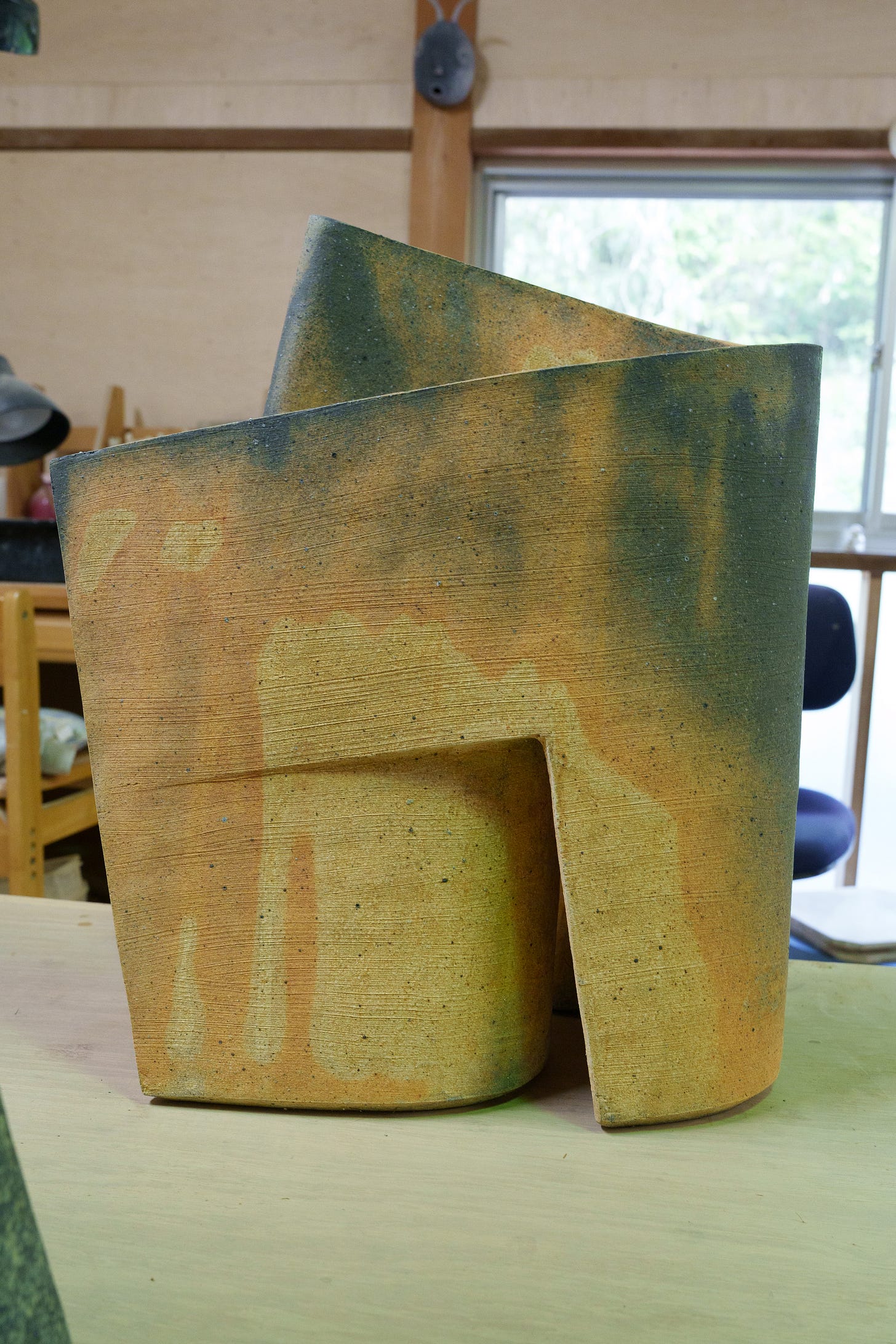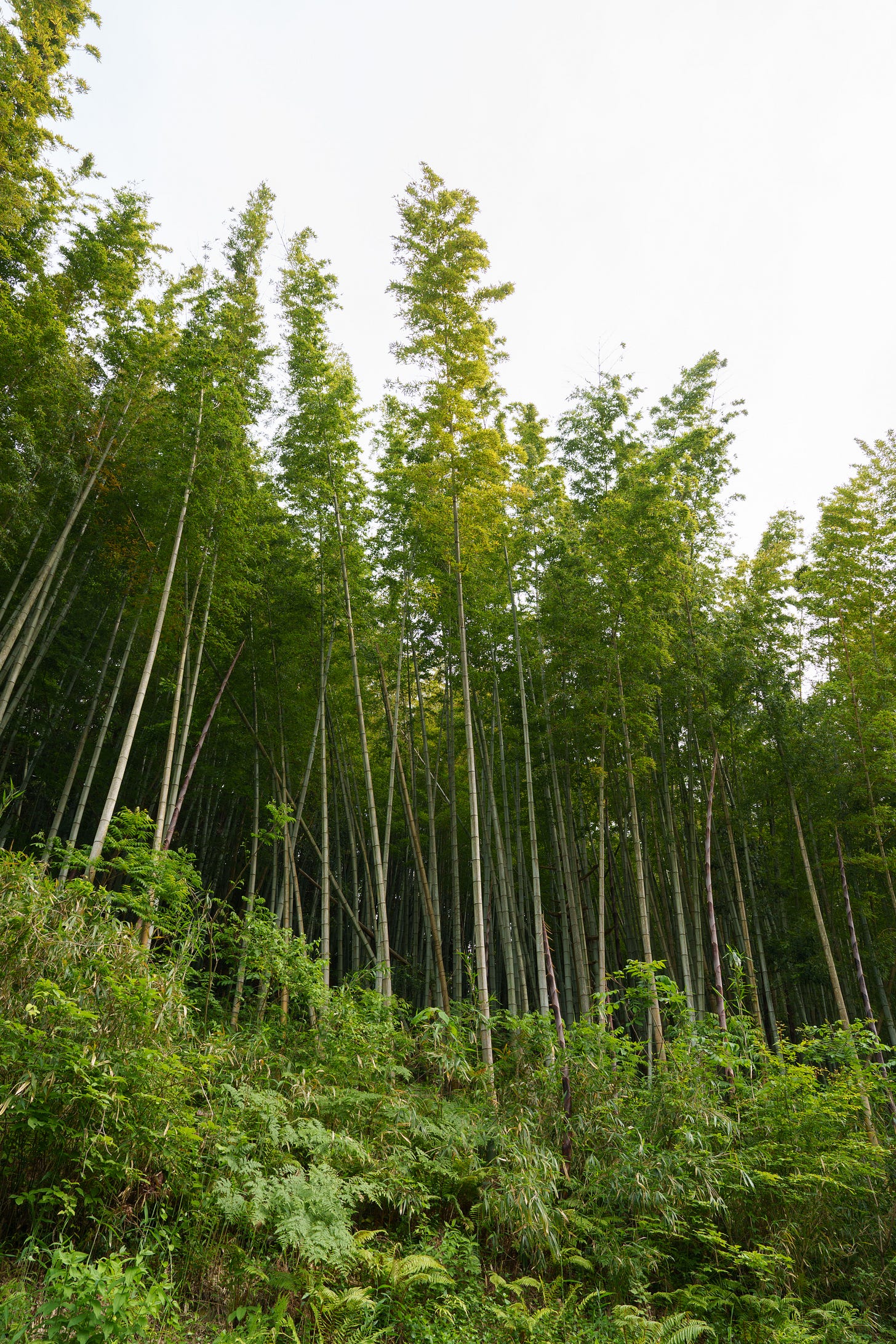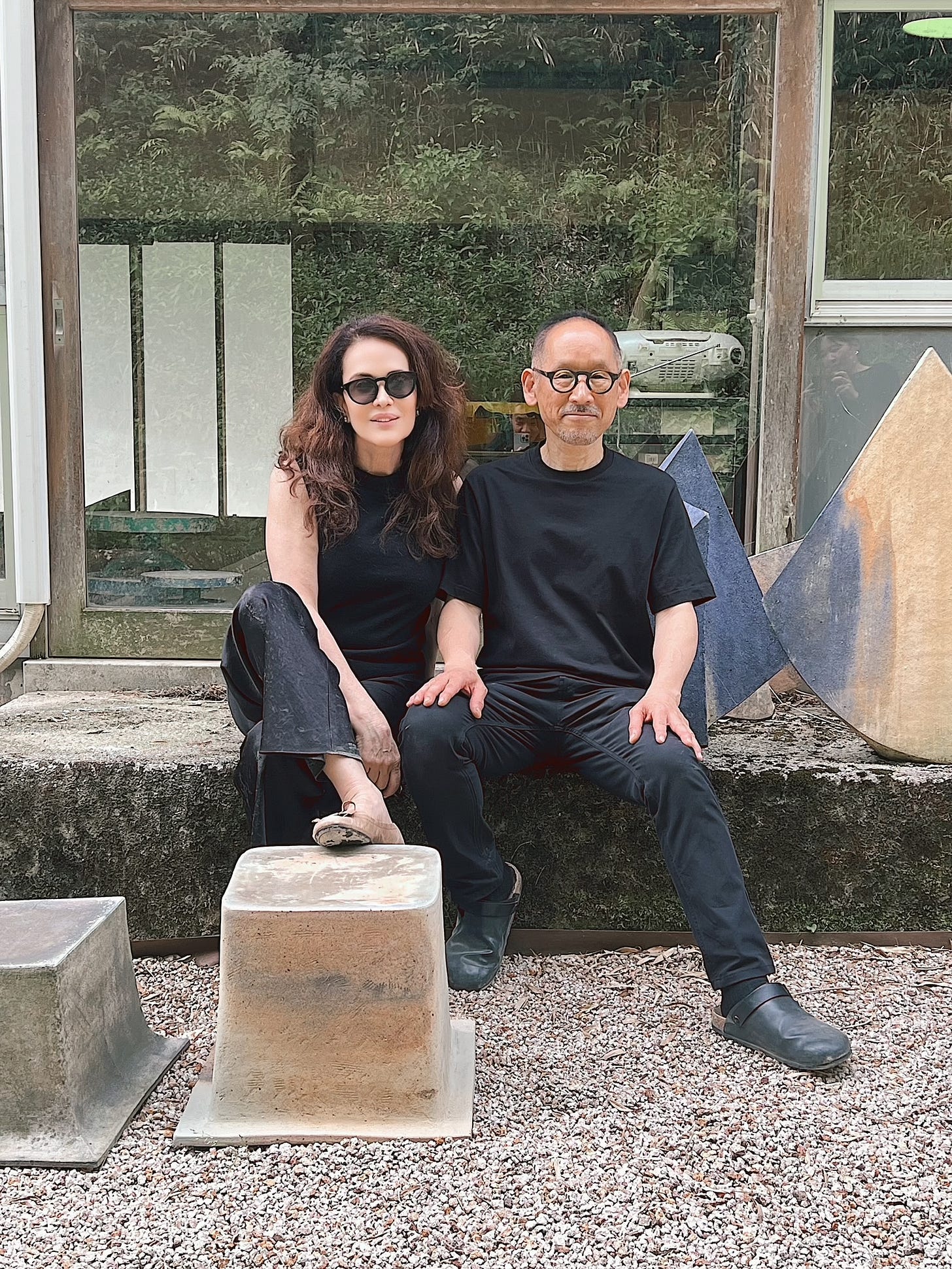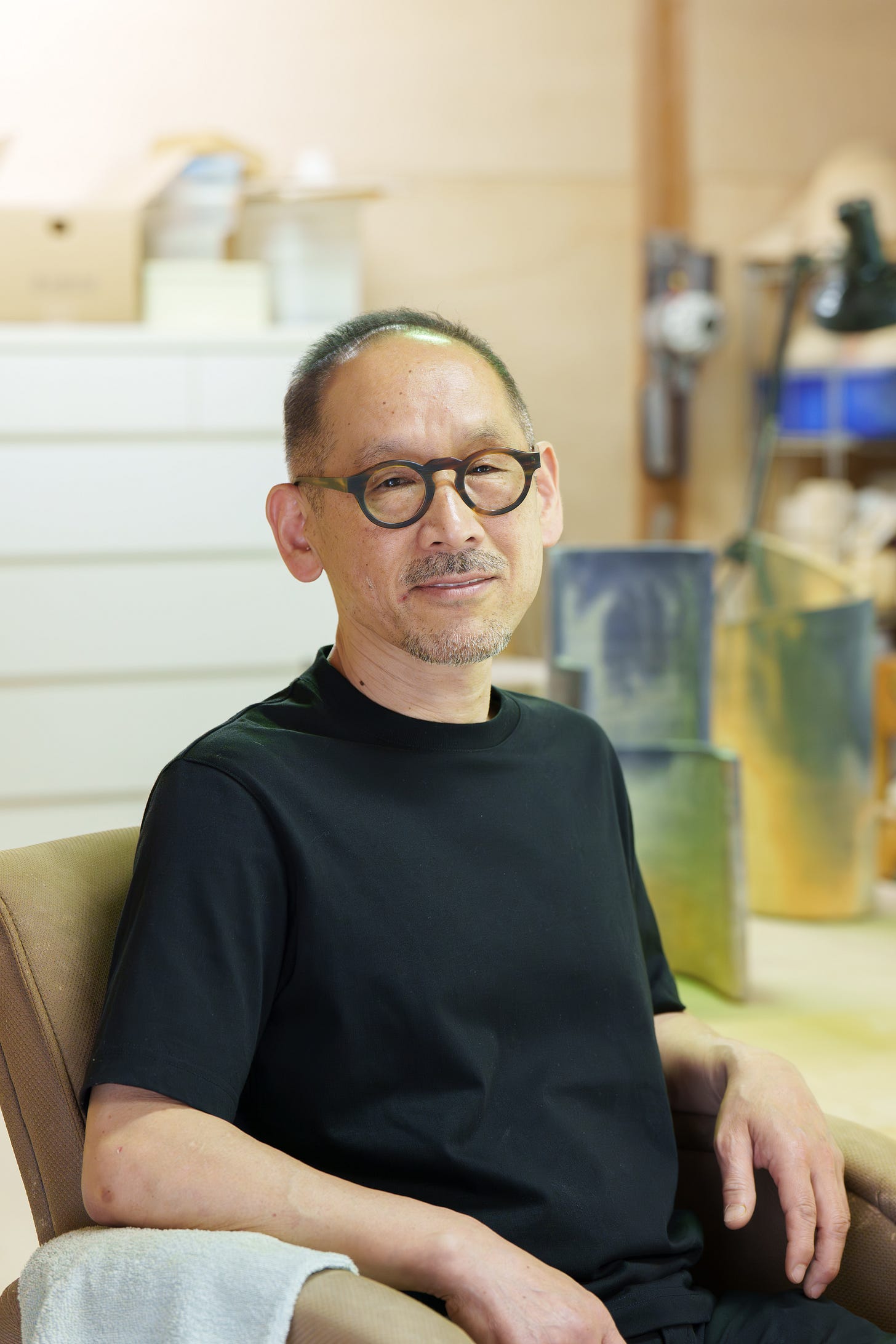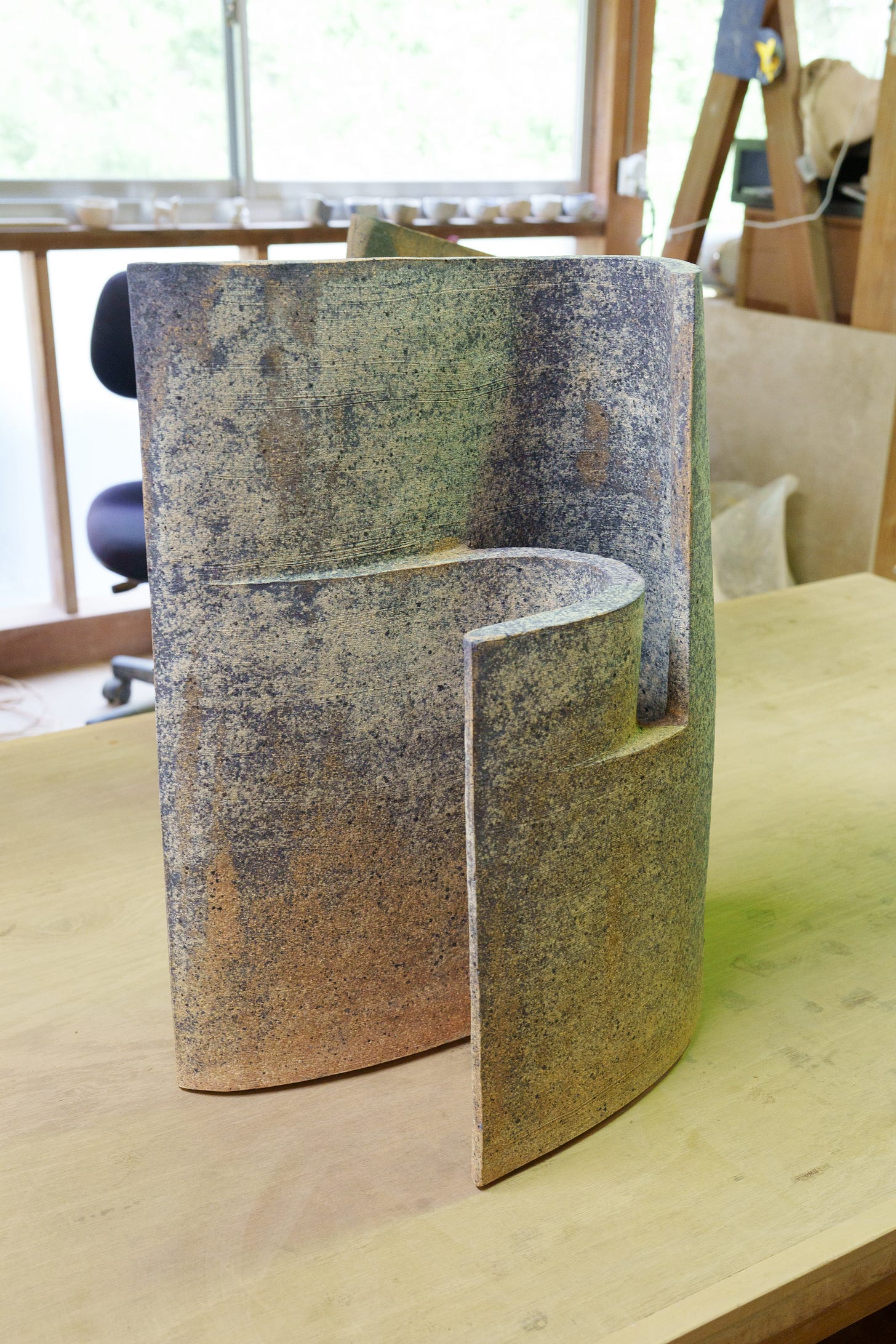Poetic Kogei
Ken Mihara: Narrating Izumo
Poetic Kogei
Among the most substantial achievements of contemporary kogei, which not only bring it to the heart of the contemporary art world, but also signify the ability to rethink traditions, is the transformation from the utilitarian to the poetic. By creating objects and sculptures in the mediums of the crafts—clay, glass, lacquer, bamboo, wood—which are fresh, surprising, and replete with narratives, the artists included in this chapter succeed in evoking an emotional reaction and an aesthetic experience on a level unknown in historical kogei. In the same way that poetry evokes stronger emotions than plain text, so too do the new Japanese crafts demonstrate an incredible and lasting impact. Whereas it is metaphors that convey deep meaning (or abstractions that capture experiences, spirituality, and emotions), the mediums of kogei—clay, glass, bamboo, fiber—powerfully transcend pure emotions.
I have been following the work of ceramic artist Ken Mihara for years, and have witnessed the evolution of his work through his various series and how they keep growing organically, contributing to the landscape of contempoary Japanese kogei. I hosted Mihara on a gallery talk, celebrating his solo exhibition ‘Momories in Clay’ in New York, presented by Tokyo-based gallery, A Lighthouse called Kanata, in the autumn of 2023. I thought I knew his work well. But after visiting him outside the coastal town of Izumo on Honshu Island this early summer, and invited to his studio and home where I got a peek into his artistry and life, I realized how much I did not know, because it is the raw landscape surrounding his studio and home is the core of his oeuvre. When witnessing this remarkable and inspiring natural environment in person, his sculptures took on another layer of meaning, getting more contextual dimensions.
To Ken Mihara, clay is more than the earthy material found in nature. It is the soul of the earth, the planet’s spirit. His role as an artist is to allow the clay to speak, to reveal its memories, energies, and secrets that have accumulated throughout its long lifetime, the core of his narrative. Just as American-Japanese woodworker George Nakashaima famouly suggested to give the wood ‘a second chance,’ so Mihara’s efforts in giving the caly another life. Mihara’s sculptures express the hidden memories and illuminate them through revealing the color of the clay, its biography, and hence, the truth. I was stunned to learn that the rich colors of his sculptures – the deep blues, the rich browns, the layered grays, the special tone of whites—were extracted from the very natural property of the clay without being enhanced by glazes or slips. His sculptures embody the hues of nature.
If one can write poetry in clay, then the sculptures of Ken Mihara are the ultimate examples of this concept, because he is a storyteller and has the skills not just to bring out the best of the clay, but also to transform the ordinary into extraordinary and personal works of art. The stories that Ken Mihara tells us are the narratives of his life: the landscape of his birthplace, the peace of living in the raw countryside, the transformation of nature, forests, rivers, and mountains, illustrating the beauty of the local Japanese landscape. In Mihara’s work, the grandeur of the natural world is encapsulated, concentrated in the form of clay sculptures. With all of their poetic significance, his sculptures look like totems, where the mystery is greater than that which is revealed.
Witnessing Mihara as he builds his sculptures in his beautiful, peaceful studio with its large windows overlooking a breathtaking bamboo forest high on top of the hill was a vivid and memorable experience. He uses the hand-building coiling technique as he builds the forms, rolling thick coils of red clay, one after the other, and stacking them on top of each other, achieving geometrical, somewhat architectural, somewhat totem forms which grow out of nature and carry substantial minimalism and abstraction. His pieces are pristine and pure, while having the power to transform interior spaces like few others, because they have incredible charisma, no matter the size.
Ken Mihara’s sense of sculpture, together with his mastery of the traditional technique, and the way in which he weaves his narratives, infusing contemporary art with a strong sense of a place, make him one of my favorite clay artists working in Japan today, and certainly one of Japan’s best.
Photography by © Takuro Kawamoto.
This visit was made possible by A Lighthouse called Kanata.




